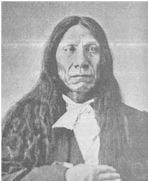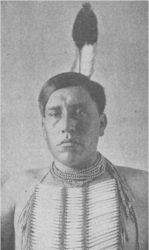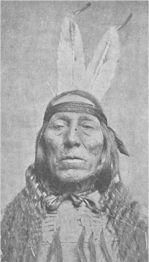Dakota Indians (‘allies’). The largest division of the Siouan family, known commonly as Sioux, according to Hewitt a French Canadian abbreviation of the Chippewa Nadowe-is-iw, a diminutive of nadowe, ‘an adder,’ hence ‘an enemy.’ Nadoweisiw-eg is the diminutive plural. The diminutive singular and plural were applied by the Chippewa to the Dakota, and to the Huron to distinguish them from the Iroquois proper, the true ‘adders’ or ‘enemies.’ According to Chippewa tradition the name was first applied to a body of Indians living on an island somewhere east of Detroit. Dakota, Nakota, Lakota are the names used by themselves, in … Read more




